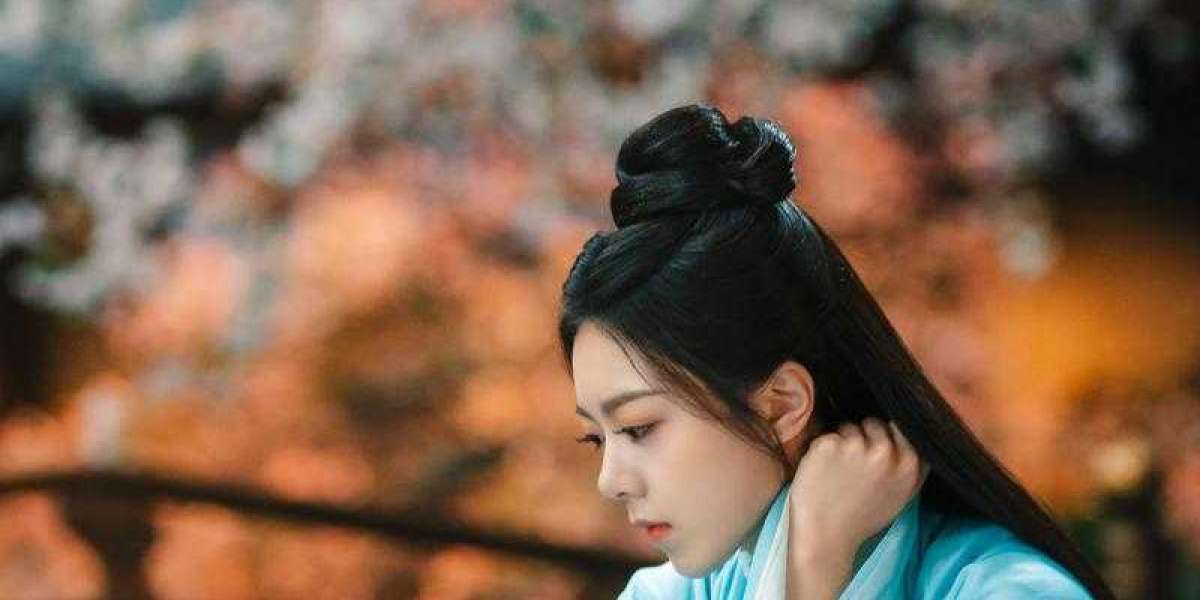Ancient Greece and Rome:
- Ancient Greece: Cosmetics were used in Ancient Greece primarily by women of the upper class. They used lead-based face powders and applied kohl to darken their eyebrows and lashes. The Greeks valued a youthful appearance, and cosmetics were used to achieve that ideal.
- Ancient Rome: Roman women also used cosmetics, including lead-based face powders and rouge. The use of cosmetics was associated with social status, and elaborate hairstyles and makeup were indicators of wealth.
Medieval Europe:
- Early Middle Ages: The early Middle Ages saw a decline in the use of cosmetics due to the influence of Christian beliefs associating makeup with sin. The Church disapproved of vanity, and cosmetics were largely eschewed.
- Late Middle Ages: Despite ecclesiastical disapproval, some women used cosmetics discreetly. Rouge and lip color made from crushed flowers were occasionally employed.
Renaissance and Elizabethan Era:
- Renaissance: The Renaissance marked a revival of interest in classical ideals, and cosmetics became popular again. Pale complexions were in vogue, leading to the use of lead-based Venetian ceruse as a face powder.
- Elizabethan Era: Queen Elizabeth I set trends with her distinctive white lead-based makeup. Both men and women used cosmetics, including rouge and lip color. Elaborate hairstyles and the use of wigs were fashionable.
17th and 18th Centuries:
- The use of cosmetics continued in the 17th and 18th centuries. Lead-based face powders remained popular, and beauty patches, often made of silk or velvet, were used to cover blemishes. Wigs and elaborate hairstyles were still fashionable.
19th Century:
- The 19th century saw a shift in attitudes towards cosmetics. Queen Victoria's conservative values influenced fashion, and there was a preference for a more natural look. Despite this, some cosmetics, such as rouge and lip color, remained in use.
Early 20th Century:
- The early 20th century witnessed a significant shift in beauty standards. The Gibson Girl look, characterized by a natural and athletic appearance, became popular. Makeup was more subdued, with emphasis on a natural complexion.
- The 1920s marked the rise of the flapper style, and bold makeup became fashionable. Women embraced red lipstick, dark eye makeup, and powdered faces, influenced by Hollywood icons like Clara Bow.
Mid-20th Century:
- World War II influenced beauty trends, with women adopting practical and minimal makeup due to wartime rationing. Post-war, the 1950s saw a return to more polished and glamorous looks, influenced by Hollywood stars like Marilyn Monroe.
Late 20th Century to Present:
- The late 20th century witnessed diverse beauty trends. The 1960s embraced bold, colorful makeup, while the 1970s favored a more natural look. The 1980s were characterized by bold colors and dramatic styles.
- The late 20th century and the 21st century saw the rise of diverse beauty standards. The industry embraced inclusivity, and there was a shift towards clean beauty, natural ingredients, and cruelty-free products.
Technological Advancements and Globalization:
- Technological advancements in the 21st century, including the rise of social media, transformed the beauty industry. Beauty influencers and online platforms played a significant role in shaping beauty trends and product preferences.
- Globalization allowed for the exchange of beauty practices and products across cultures, leading to a more diverse and inclusive beauty landscape.
Ancient Greece and Rome:
- Formulations: In Ancient Greece, cosmetics often included lead-based face powders, kohl for eye enhancement, and herbal extracts for fragrance. Roman cosmetics mirrored Greek practices, with the use of lead-based face powders and the application of rouge.
- Cultural Significance: Cosmetics in ancient times were indicative of social status and adherence to beauty ideals. Lead-based formulations were favored for achieving a pale complexion associated with aristocracy.
Medieval Europe:
- Ecclesiastical Influence: The early Middle Ages witnessed a decline in cosmetic usage due to religious disapproval. Ecclesiastical perspectives associated vanity with sin, leading to a suppression of cosmetic practices.
- Resurgence: In the late Middle Ages, discreet use of cosmetics persisted, with some women utilizing rouge and natural lip color made from crushed flowers. The cultural landscape began to shift, albeit subtly.
Renaissance and Elizabethan Era:
- Revival of Interest: The Renaissance saw a revival of interest in cosmetics, aligning with the rediscovery of classical ideals. Venetian ceruse, a lead-based face powder, became prominent for achieving a pale complexion.
- Regal Influence: Queen Elizabeth I's use of distinctive white lead-based makeup set trends in the Elizabethan era. Both men and women embraced cosmetics, including rouge and lip color, reflecting the influence of royalty on beauty standards.
17th and 18th Centuries:
- Continued Usage: The 17th and 18th centuries saw the continued use of lead-based face powders, beauty patches, and wigs. Beauty patches made of silk or velvet were applied strategically to cover blemishes or create fashionable patterns.
- Fashionable Trends: Elaborate hairstyles, wigs, and ornate accessories remained fashionable, contributing to the visual spectacle of the era.
19th Century:
- Shift in Attitudes: The 19th century witnessed a shift in attitudes towards cosmetics influenced by Queen Victoria's conservative values. A preference for a more natural appearance emerged, although some cosmetics like rouge and lip color persisted.
- Changing Beauty Ideals: Beauty standards were shaped by the desire for a modest and natural look, reflecting societal values of the time.
Early 20th Century:
- Gibson Girl Look: The early 20th century embraced the Gibson Girl look, characterized by a more natural and athletic appearance. Makeup became more subdued, aligning with changing beauty ideals.
- Flapper Style: The 1920s marked a departure from conservatism with the rise of the flapper style. Bold makeup, including red lipstick and dark eye makeup, became fashionable, influenced by Hollywood icons.
Mid-20th Century:
- World War II Impact: World War II influenced beauty trends, with practical and minimal makeup adopted due to wartime rationing. The post-war era of the 1950s saw a return to polished and glamorous looks, influenced by Hollywood stars like Marilyn Monroe.
- Diverse Trends: The 1960s and 1970s witnessed diverse beauty trends, from bold and colorful makeup to a more natural appearance. Each era was characterized by distinct styles and societal influences.
Late 20th Century to Present:
- Diversity and Inclusivity: The late 20th century and the 21st century embraced diverse beauty standards. The industry shifted towards inclusivity, recognizing and celebrating diversity in skin tones, features, and beauty ideals.
- Technological Transformation: Technological advancements, including social media and virtual try-on tools, transformed the beauty landscape. Online platforms and influencers played a pivotal role in shaping beauty trends.
Technological Advancements and Globalization:
- Digital Transformation: The 21st century witnessed a digital transformation in the beauty industry. Technology facilitated virtual try-ons, augmented reality applications, and online beauty communities.
- Global Exchange: Globalization enabled the exchange of beauty practices and products across cultures, contributing to a more diverse and interconnected beauty landscape.



